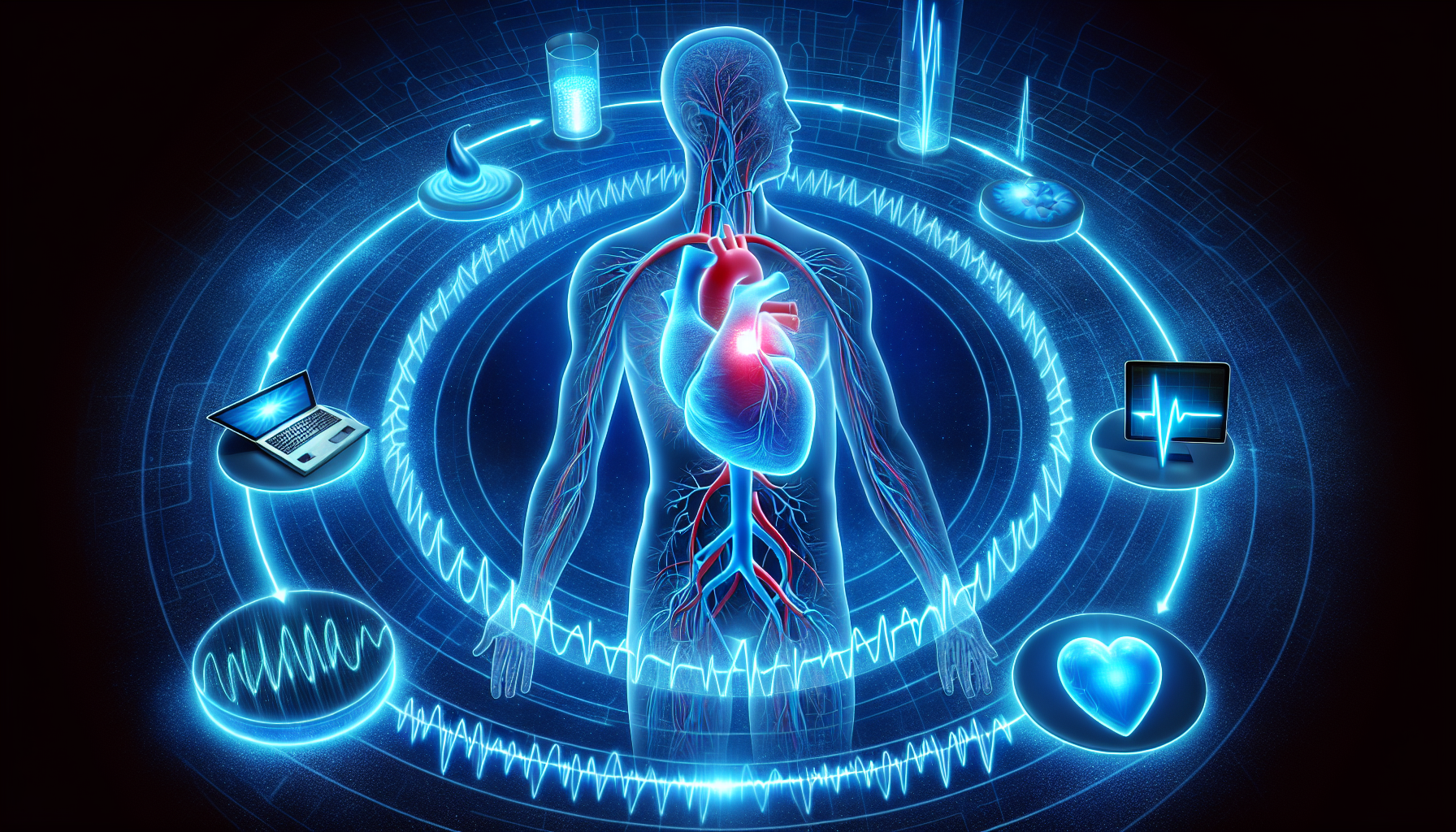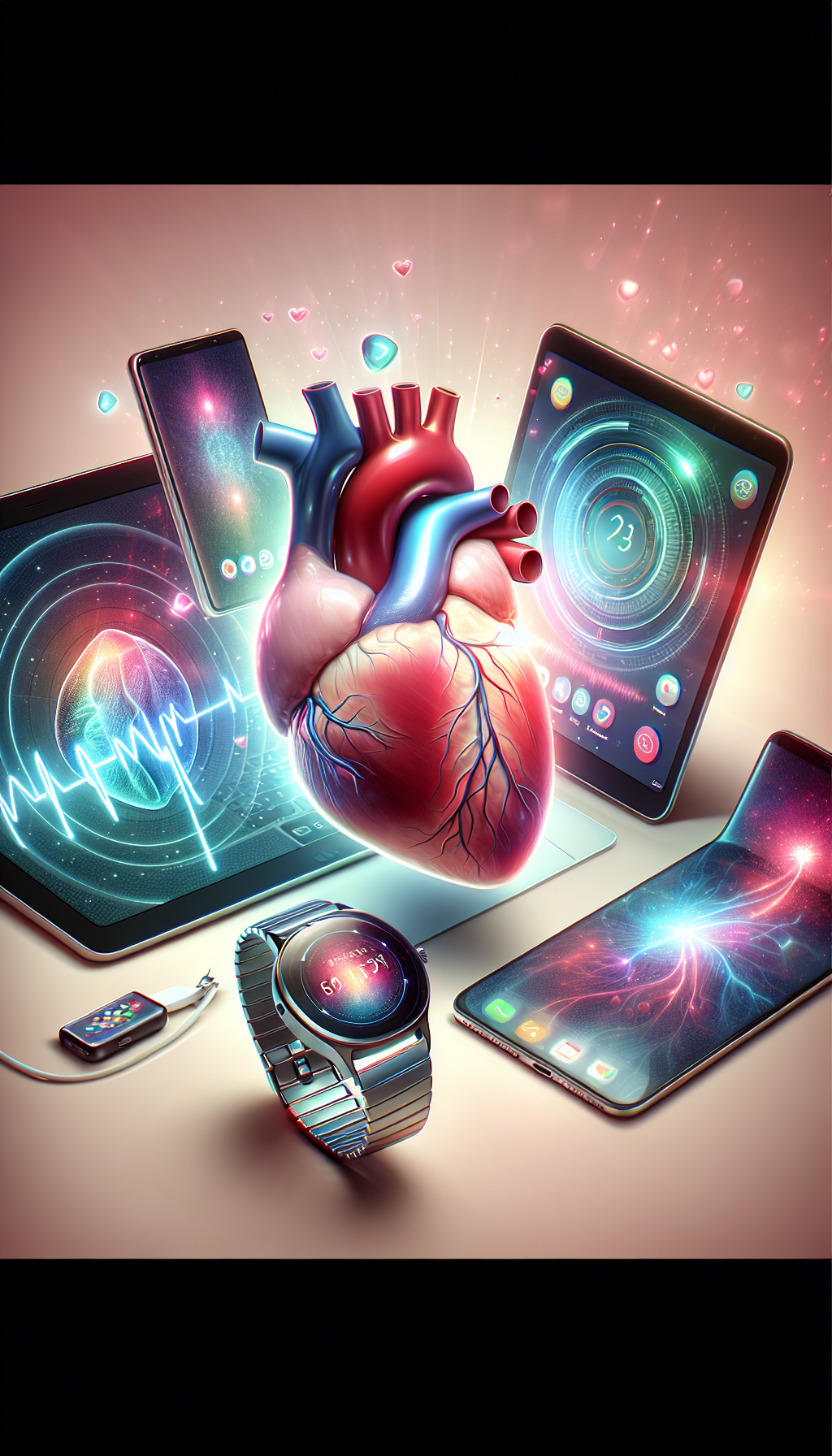In today’s digital age, we are constantly exposed to blue light emitted from screens of smartphones, tablets, and computers. While the digital revolution has brought about myriad benefits, this omnipresent blue light could have unforeseen consequences on our health, particularly on the cardiovascular system. In this comprehensive exploration, we will delve into the effects of blue light on heart health, supported by recent research and expert insights.
Understanding Blue Light and Its Prevalence
Blue light is a component of the visible light spectrum, with a wavelength between 380 nm and 500 nm, making it one of the shortest, high-energy wavelengths. Digital devices, LED lighting, and even sunlight emit this type of light. As our world becomes more technologically driven, our exposure to blue light has significantly increased, which has prompted researchers to investigate its potential health implications, notably concerning cardiovascular health.
The Cardiovascular System and Blue Light Exposure
The cardiovascular system, comprising the heart and blood vessels, is vital for the sustenance of life, ensuring the transportation of nutrients, oxygen, and hormones to various parts of the body. Maintaining its health is crucial for overall wellbeing. However, recent studies suggest that prolonged exposure to blue light could negatively affect this critical system.
Impact on Circadian Rhythms
One of the primary concerns with blue light is its ability to disrupt the circadian rhythm, the body’s internal clock that regulates sleep-wake cycles. This disruption can lead to poor sleep quality, which is a recognized risk factor for cardiovascular disease. Inadequate sleep has been linked to higher blood pressure, increased stress hormone levels, and inflammation—all of which can negatively impact heart health.
Endothelial Dysfunction
Emerging evidence points to the possibility that blue light exposure could directly affect the endothelium, the inner lining of blood vessels. Endothelial dysfunction is a key player in the pathogenesis of atherosclerosis, a condition characterized by the hardening of the arteries that can lead to heart attacks and strokes.
Oxidative Stress
High-energy blue light has the potential to induce oxidative stress by generating reactive oxygen species (ROS). Over time, this oxidative stress can damage cells and tissues, including those within the cardiovascular system, contributing to the development of heart disease.
Practical Measures to Mitigate Risks
While the research on blue light and cardiovascular health is in its nascent stages, there are practical measures that individuals can adopt to mitigate potential risks. These include:
- Using blue light filters on devices
- Adhering to a regular sleep schedule
- Reducing screen time, especially before bedtime
- Employing the 20-20-20 rule: every 20 minutes, look at something 20 feet away for at least 20 seconds
Supporting Research and External Resources
To deepen our understanding of the relationship between blue light and the cardiovascular system, several high-quality resources provide in-depth information:
- The National Sleep Foundation’s guidelines on sleep hygiene offer strategies to counteract the effects of blue light on sleep patterns.
- The American Heart Association provides resources on how sleep quality affects heart health, underlining the importance of minimizing circadian rhythm disruptions.
- For a comprehensive review of endothelial function and cardiovascular disease, The Journal of Physiology presents research articles exploring this critical relationship.
- To explore the concept of oxidative stress and its implications for heart health, The Free Radical Biology & Medicine Journal offers peer-reviewed articles on the subject.
Integrating Heart Health Strategies
In conjunction with managing blue light exposure, it’s important to integrate overall heart health strategies. This includes focusing on nutritional considerations for post-stroke heart health, understanding the cardiovascular risks of extreme sports, and being aware of the benefits of regular blood donation on heart health.
Conclusion
The effects of blue light on cardiovascular health are an area of growing concern and ongoing research. While blue light is a relatively new health consideration, it’s clear that it may have far-reaching implications for our heart health. By staying informed, adopting protective measures, and maintaining a heart-healthy lifestyle, we can mitigate the potential risks associated with blue light exposure.
In a world where screens are integral to our lives, awareness is the first step towards safeguarding our cardiovascular health. Let’s be proactive in adapting our habits to ensure that the digital age doesn’t come at the cost of our heart’s wellbeing.
Remember, maintaining cardiovascular health is a multifaceted endeavor that extends beyond managing blue light exposure. It encompasses a holistic approach that includes diet, exercise, and lifestyle choices. Stay informed and take action to keep your heart beating strong in the digital era.



